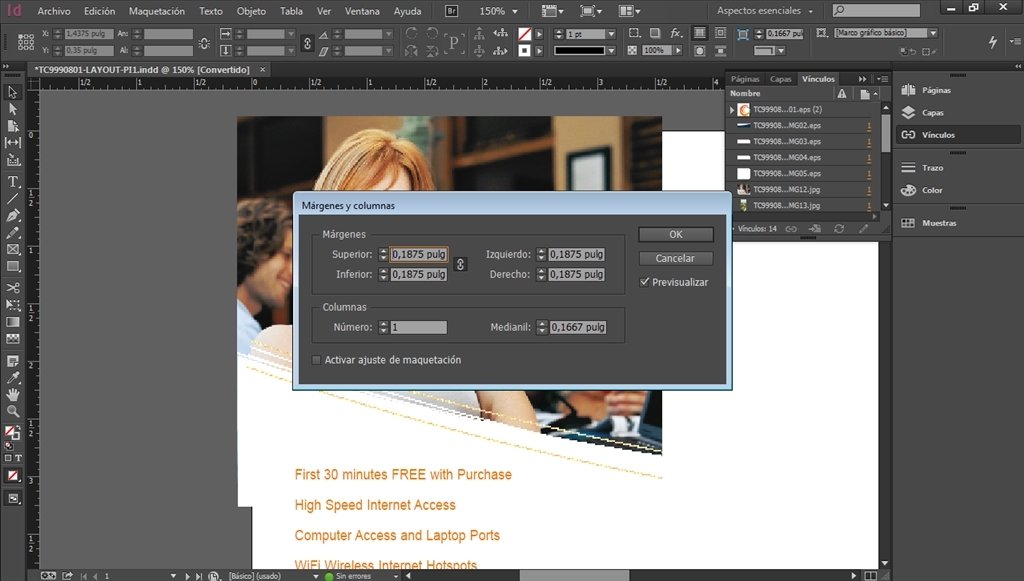

While the tool comes with several tutorials, it’s best suited for professionals or experienced publishers. All these tools, including different fonts, shapes, and graphics, help create digital magazines as well as print documents. It has all the essential layout elements and a comprehensive CC library that users can easily access.

Theoretically, this would be a “round trip” scenario, but in practice it is harder than you might expect to add back structure when exporting the XML.Used by thousands of professionals, Adobe InDesign CC is a page design and layout solution. In some cases, you can create a “back transform” to recreate the original XML structure on export from InDesign. Sometimes you have to simplify XML that you get from other sources before you import it into InDesign, I write XSL transforms to use when improting the XML into InDesign for this kind of situation. If you can have a workflow where you edit XML externally then import it into InDesign for layout and formatting, that is the best general use case for XML content. The best use of XML in InDesign is for beautiful printing of XML content, not for editing XML.
#ADOBE INDESIGN TRIAL FOR MAC HOW TO#
You will not be happy with XML editing in InDesign (Cs2-CS5) because there are no good controls to prevent making mistakes and you need XML experience to understand how to fix them. Generally, I would not recommend anything except light XML editing within InDesign itself. So far (hate to tell you), for this particular purpose you’d better stay with Frame Maker. I want my X-Refs to be introduced into plain text BEFORE I import the text into InD document. My solution is: use the InDesign Tagged text. Now in CS4 assuming I can use native Cross References Panel and preparing myself to relax and enjoy, I can’t even Copy-Paste the names of the References: I have to choose them from the long list of paragraphs of certain style. Anyway, the plug-in did its job, although for this huge book it often was a narrow squeak (InD worked too slowly. Every single reference has to be entered and managed manually. It worked, but I couldn’t do the x-referencing automatically.
#ADOBE INDESIGN TRIAL FOR MAC FULL#
I have the similar book of about 1200 pages (a telephone directory), and it is full of cross references like “See section BOOKSTORES at page 963”.įor CS3 version I have purchased the plug-in InXRef (Virginia Systems). )Ĭross-references cannot be transformed into XML in InDesign. When that same IC story is viewed in each ID file (or exported/output to PDF), the first paragraph takes on the formatting of how Headline is defined in its parent ID file, since the ID file calls the shots where style definitions are concerned.ĭoes that get you any closer? You might want to come up with a specific naming convention for these sorts of “shared” styles to help people understand what’s going on. It could even be a standalone IC file that someone has created a Headline style in. It makes no difference which of the 3 ID files it’s checked out from to apply the style. Someone selects the first paragraph in the IC story and applies the Headline style to it. in the second ID file, Headline is italic green 12 pt., and in the third, Headline looks exactly the same as Subhead. In the first ID file, Headline is defined as bold red 24 pt. To have the same IC story appear with different formatting in 3 ID files, you use same-named styles in the “parent” ID file.įor example, each ID file has a paragraph style called Headline. I do have some clients who are using InCopy just as you describe though. (You could synch just the raw text but not its formatting, for example.) QuarkXPress’s synchronized text feature does, though. Bridget, unfortunately InCopy doesn’t allow for that level of granularity.


 0 kommentar(er)
0 kommentar(er)
